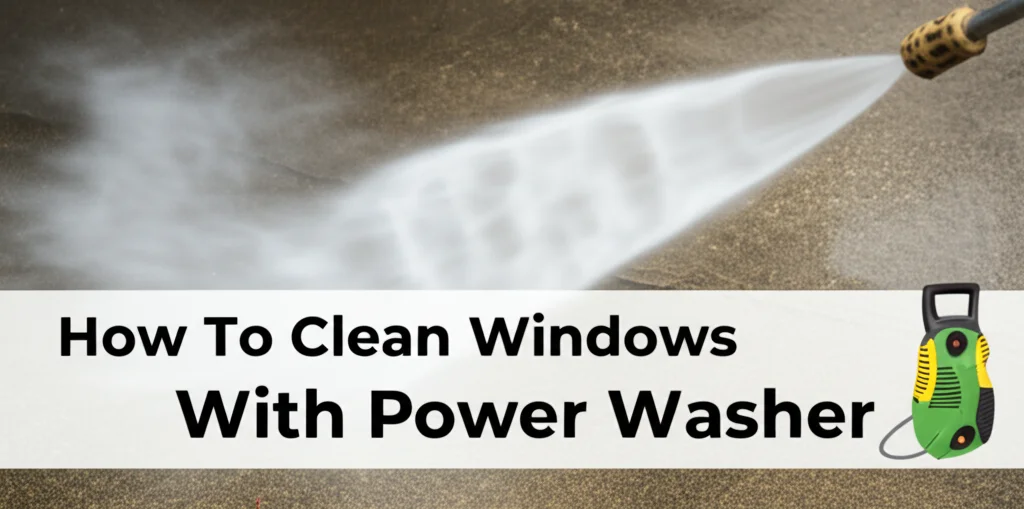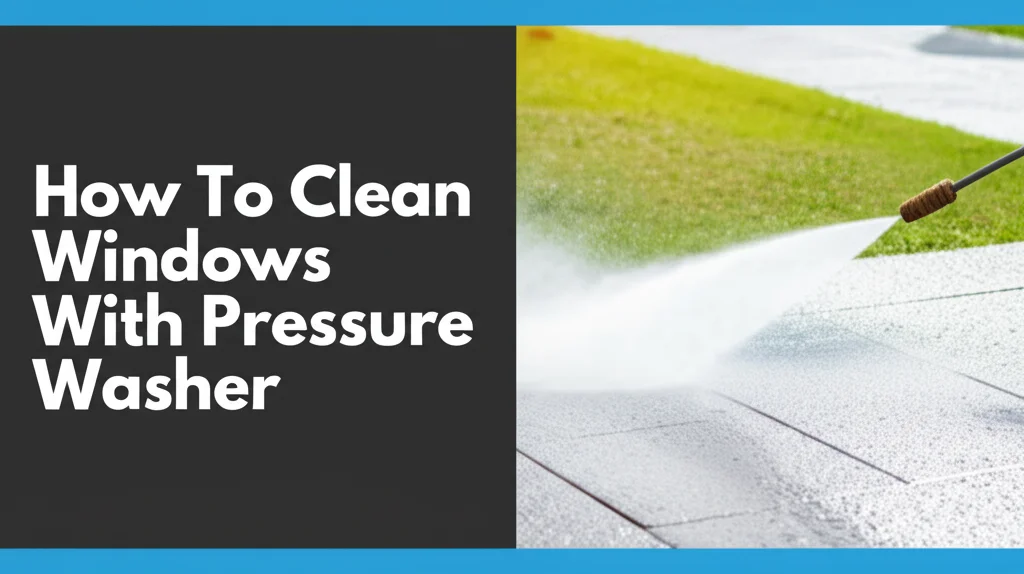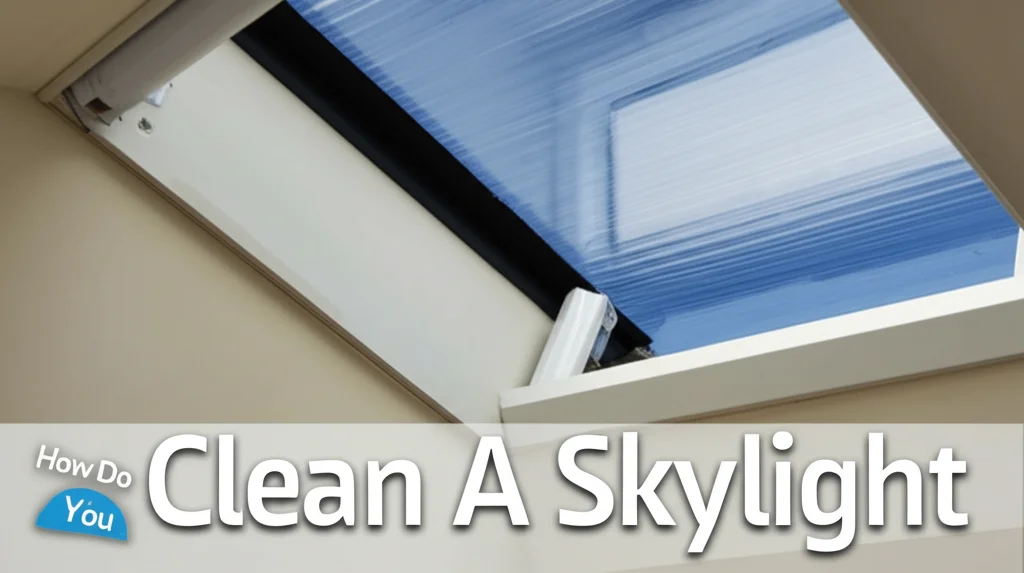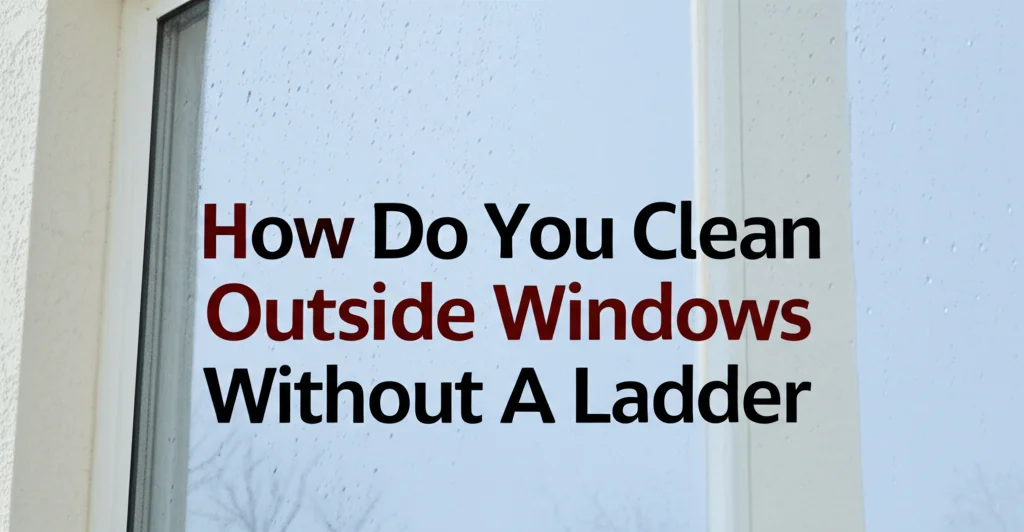· Home Cleaning · 6 min read
How To Clean Windows After Power Washing
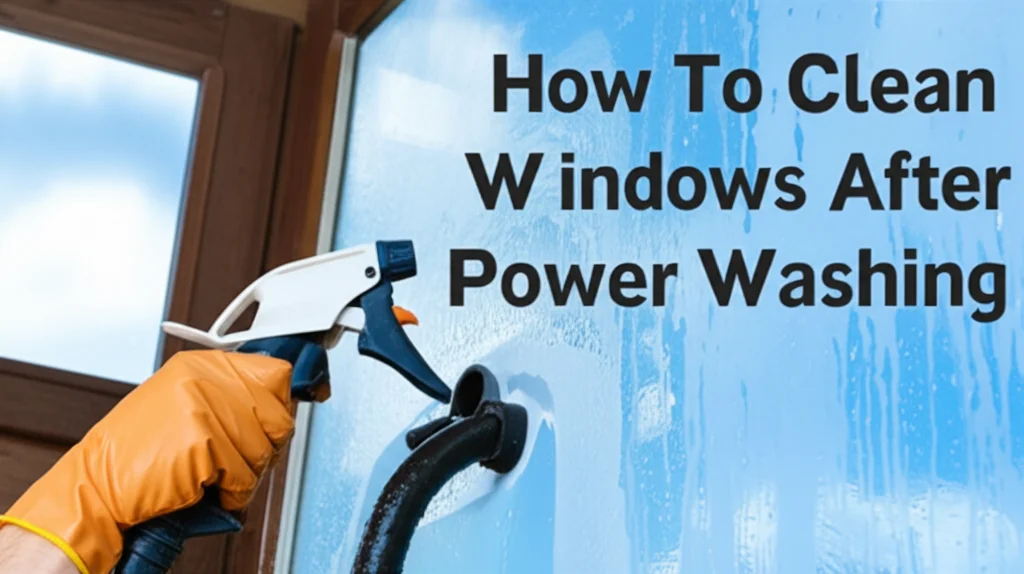
Sparkling Clean: How To Clean Windows After Power Washing
Have you just finished power washing your home and noticed your windows aren’t looking as pristine as you hoped? It’s a common issue! Power washing, while excellent for siding and driveways, can often leave behind streaks, soap residue, and even etching on your windows. Don’t worry, achieving crystal-clear windows after a power wash is absolutely possible. This article will guide you through the best methods and tools to restore your windows to their sparkling best. We’ll cover everything from the right cleaning solutions to techniques that prevent further damage, ensuring a streak-free finish.
Here’s a quick answer: After power washing, rinse windows thoroughly with clean water. Then, use a mixture of distilled water and white vinegar in a spray bottle, apply to the windows, and wipe clean with a microfiber cloth. Finish by drying with a squeegee for a streak-free shine.
Key Takeaways:
- Rinse thoroughly to remove initial residue.
- Use a vinegar and water solution for effective cleaning.
- Microfiber cloths and squeegees are your best friends.
- Avoid abrasive cleaners that can damage glass.
Why Power Washing Leaves Windows Streaky
Power washing uses high-pressure water, often mixed with detergents, to blast away dirt and grime. While effective on many surfaces, this process can impact your windows in a few ways. The force of the water can push dirt onto the glass, creating streaks. Detergents, if not fully rinsed, leave a film. Sometimes, the minerals in your water can also deposit on the glass as it dries, contributing to spotting. Understanding these reasons helps you choose the right cleaning approach. It’s important to address these issues promptly to prevent the residue from hardening and becoming more difficult to remove.
Gathering Your Supplies for Post-Wash Window Cleaning
Before you start, having the right tools on hand will make the job much easier and more effective. You don’t need a lot, but quality supplies are key. Here’s a checklist:
- Garden Hose with Spray Nozzle: For a final rinse.
- Two Buckets: One for your cleaning solution, one for clean rinse water.
- Distilled White Vinegar: A natural and effective cleaning agent.
- Microfiber Cloths: These are lint-free and won’t scratch the glass. Have several on hand.
- Squeegee: Essential for a streak-free finish. Choose a professional-grade squeegee with a sharp rubber blade.
- Spray Bottle: For applying the cleaning solution.
- Soft Brush (Optional): For stubborn dirt or residue.
- Ladder (If Needed): For reaching higher windows safely.
The Initial Rinse: Removing Loose Debris
The first step after power washing is a thorough rinse. Use your garden hose with a spray nozzle to remove any loose dirt, debris, and remaining detergent from the windows. Focus on rinsing from the top down, allowing the water to carry the dirt away. Don’t rush this step; a good initial rinse will significantly reduce the amount of scrubbing needed later. Ensure you get into all the corners and edges of the window frames.
Creating Your Cleaning Solution: Vinegar is Your Friend
For most window cleaning after power washing, a simple vinegar and water solution is all you need. Vinegar is a natural degreaser and effectively cuts through residue without being harsh on the glass.
- Mix: Combine equal parts distilled white vinegar and distilled water in your spray bottle. Using distilled water prevents mineral deposits.
- Avoid: Do not use soap or other detergents in this solution. They can leave behind streaks.
- For Tough Residue: If you have particularly stubborn residue, you can increase the vinegar concentration slightly, but always test a small, inconspicuous area first.
The Cleaning Process: Step-by-Step Guide
Now it’s time to get cleaning! Follow these steps for the best results:
- Spray: Generously spray the vinegar solution onto the windows.
- Agitate (If Needed): If there’s significant residue, gently scrub the glass with a soft brush or microfiber cloth.
- Wipe: Use a clean microfiber cloth to wipe the window, working from top to bottom.
- Squeegee: Overlap each stroke slightly to avoid streaks. Wipe the squeegee blade clean after each stroke with a separate microfiber cloth.
- Dry Edges: Use a clean, dry microfiber cloth to wipe the edges and corners of the window.
Dealing with Stubborn Streaks and Etching
Sometimes, despite your best efforts, streaks or even etching remain. Here’s how to tackle those:
- Streaks: Re-clean the window with a fresh vinegar solution, paying close attention to the streaky areas. Ensure you’re using clean microfiber cloths and a sharp squeegee blade. If streaks persist, consider using a dedicated glass cleaner specifically designed for removing hard water spots.
- Etching: Etching is actual damage to the glass caused by harsh chemicals or excessive pressure. Unfortunately, etching is often permanent. You can try using a glass polishing compound, but results may vary. Prevention is key – avoid using overly harsh detergents during power washing and maintain a safe distance from the windows. If you’re concerned about etching, consider professional window cleaning services. You can learn more about preventing damage to your home’s exterior with proper power washing techniques at https://www.beacleaner.com/how-to-clean-luxury-vinyl-plank-flooring/.
Preventing Future Issues: Tips for Next Time
Preventing window streaks after power washing is easier than correcting them. Here are a few tips for your next exterior cleaning:
- Distance: Maintain a safe distance between the power washer nozzle and your windows.
- Nozzle: Use a wider nozzle setting to reduce the pressure.
- Detergent: Use a mild detergent specifically designed for exterior cleaning.
- Rinse Thoroughly: Spend extra time rinsing the windows after power washing.
- Immediate Cleaning: Clean the windows immediately after rinsing to prevent water spots from forming. Keeping your floors clean is also important, and you can find helpful tips on how to do that at https://www.beacleaner.com/how-to-clean-floor-grout-without-scrubbing/.
Frequently Asked Questions (FAQ)
Q: Can I use dish soap to clean my windows after power washing?
A: While dish soap might seem tempting, it often leaves behind a residue that causes streaks. Vinegar and water is a much better option for a streak-free finish.
Q: How often should I clean my windows after power washing?
A: It depends on your environment, but generally, cleaning them immediately after power washing is sufficient. You may need to repeat the process if you live in an area with hard water or frequent dust storms.
Q: Is it okay to use a pressure washer directly on my windows?
A: No, it’s generally not recommended. The high pressure can damage the glass and cause etching. Always use a gentle spray and maintain a safe distance.
Q: What if I have tinted windows?
A: Use extra caution when cleaning tinted windows. Avoid abrasive cleaners and excessive scrubbing, as these can damage the tint. Stick to the vinegar and water solution and use gentle microfiber cloths.
Conclusion: Enjoy Sparkling Windows!
Cleaning windows after power washing doesn’t have to be a daunting task. By following these simple steps – thorough rinsing, a vinegar and water solution, and the right tools – you can achieve sparkling, streak-free windows. Remember to prioritize prevention by maintaining a safe distance and using appropriate settings during power washing. Don’t let a little residue ruin the look of your freshly cleaned home! If you’re looking for more ways to keep your home looking its best, check out our guide on https://www.beacleaner.com/how-to-remove-mold-from-painted-walls/ for tackling mold issues. Now go enjoy the view through your beautifully clean windows!

